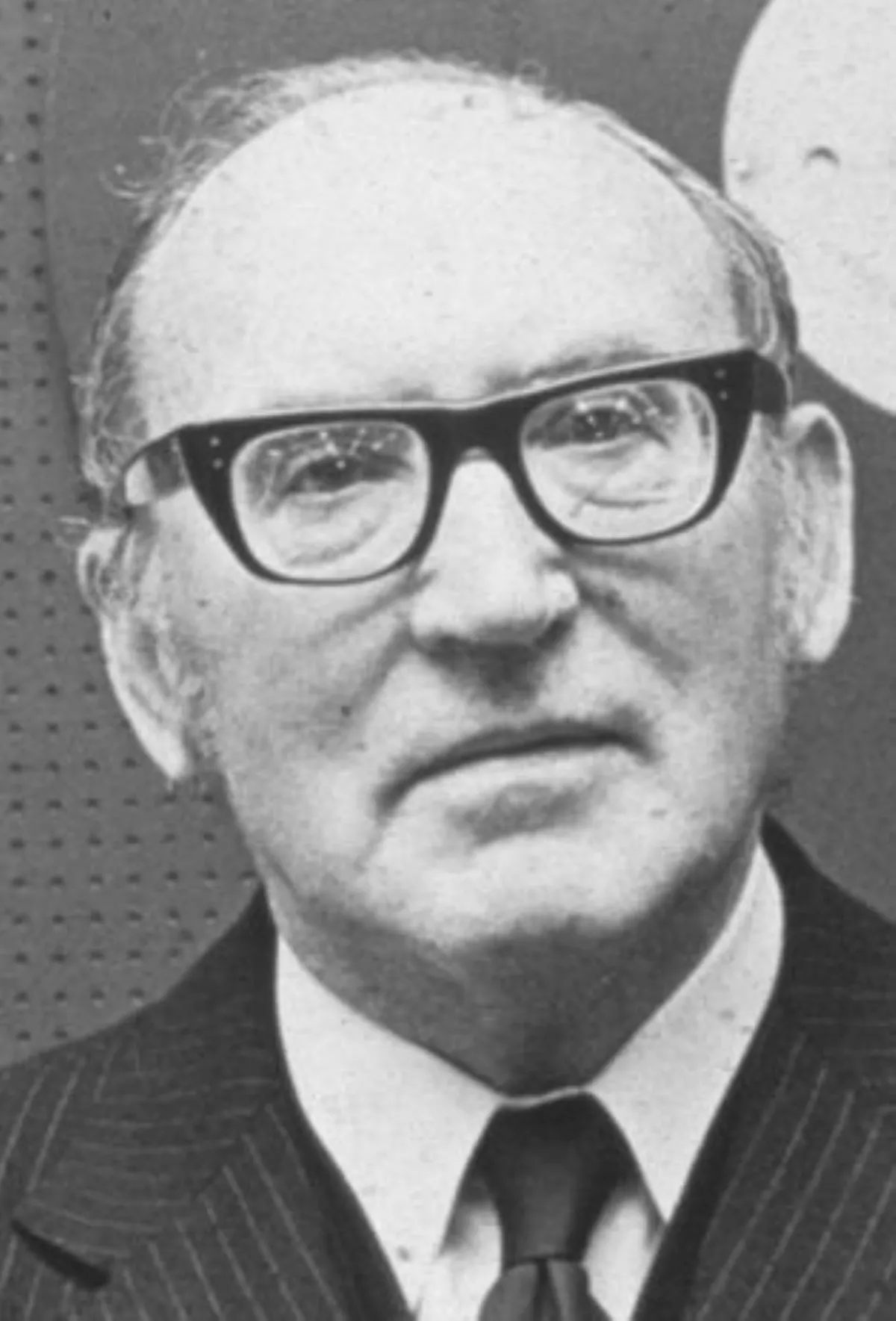 1.
1. Sir Maurice Vincent Wilkes was an English computer scientist who designed and helped build the Electronic Delay Storage Automatic Calculator, one of the earliest stored-program computers, and who invented microprogramming, a method for using stored-program logic to operate the control unit of a central processing unit's circuits.